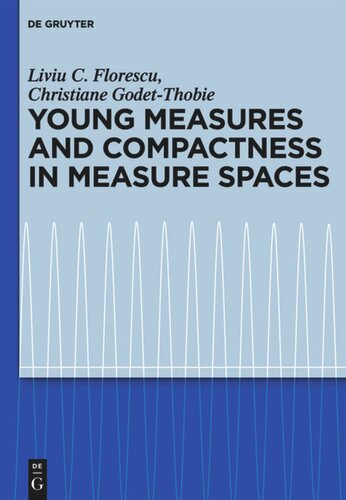

Most ebook files are in PDF format, so you can easily read them using various software such as Foxit Reader or directly on the Google Chrome browser.
Some ebook files are released by publishers in other formats such as .awz, .mobi, .epub, .fb2, etc. You may need to install specific software to read these formats on mobile/PC, such as Calibre.
Please read the tutorial at this link: https://ebookbell.com/faq
We offer FREE conversion to the popular formats you request; however, this may take some time. Therefore, right after payment, please email us, and we will try to provide the service as quickly as possible.
For some exceptional file formats or broken links (if any), please refrain from opening any disputes. Instead, email us first, and we will try to assist within a maximum of 6 hours.
EbookBell Team

4.8
54 reviewsIn recent years, technological progress created a great need for complex mathematical models. Many practical problems can be formulated using optimization theory and they hope to obtain an optimal solution. In most cases, such optimal solution can not be found. So, non-convex optimization problems (arising, e.g., in variational calculus, optimal control, nonlinear evolutions equations) may not possess a classical minimizer because the minimizing sequences have typically rapid oscillations. This behavior requires a relaxation of notion of solution for such problems; often we can obtain such a relaxation by means of Young measures.
This monograph is a self-contained book which gathers all theoretical aspects related to the defining of Young measures (measurability, disintegration, stable convergence, compactness), a book which is also a useful tool for those interested in theoretical foundations of the measure theory. It provides a complete set of classical and recent compactness results in measure and function spaces.
The book is organized in three chapters: The first chapter covers background material on measure theory in abstract frame. In the second chapter the measure theory on topological spaces is presented. Compactness results from the first two chapters are used to study Young measures in the third chapter. All results are accompanied by full demonstrations and for many of these results different proofs are given. All statements are fully justified and proved.